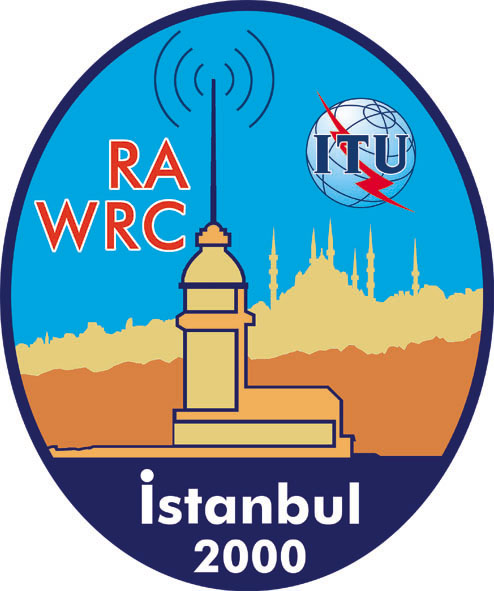
World Radiocommunication Conference 2000
Telephone: +41 22 730 6039
Fax: +41 22 730 5939
E-mail: pressinfo@itu.int
 |
World Radiocommunication Conference 2000 |
|
Telephone: +41 22 730 6039 |
A global wireless data system
Seamless operations over satellite and terrestrial facilities
Power of mobility
The "power of mobility" inherent in wireless data technologies is unleashing hyper-growth global business opportunities for service providers, value-added resellers, applications developers, investors and users.
We know that the worldwide wireless data market is substantial. Mobility combined with Internet-related applications at affordable rates will create attractive service packages for industrial, consumer, and government segments of this market. The current fascination with wireless Internet access is running high.
Committed to the commercialization of space through low-cost access, Final Analysis is building a global wireless data system. The company will launch a constellation of low-earth-orbit satellites designed to operate seamlessly with terrestrial networks to deliver the "power of mobility" and wireless Internet access to global mass markets.
In short, the Final Analysis FAISATsystem has been designed to:
This "high-end" narrowband feature allows wireless Internet access for affordable computer file transfer via e-mail and web clipping. Our system will support data rates from 300 bit/s to 300 kbit/s.
The FAISAT system is built to complement and augment terrestrial systems, thereby enabling terrestrial operators to extend their service offerings and provide ubiquitous coverage for their customers.
Seamless service operations
With seamless service operations, end users can travel between urban and rural sites, inside or outside a building, with continuous communications. When users are in a city for example, their multi-mode terminals are accessing the terrestrial facilities of their service provider. When users travel to remote mountain areas where the terrestrial coverage is limited or lacking, their terminals would seamlessly shift to the satellite system. Users would read on their terminals that they are in a satellite or a terrestrial mode of operation.
To achieve this seamless operation, the terrestrial system should drive the design of the space-based system, not the other way around. Therefore, it is a strategic market opportunity for terrestrial-based operators to become involved early-on in the protocol and system requirements for the mobile satellite operator.
For the past several years, Final Analysis has been working with several terrestrial operators to understand fully what it takes to create a true seamless service operation. We are planning to build a multi-mode terminal and satellite network compatible with terrestrial networks around the world.
For example, one standard under consideration (among others that are available) is the Mobitex standard designed and developed by LM Ericsson and used in over 20 countries by terrestrial-based operators. We are also considering terrestrial protocols used by other operators and assessing their markets, demand projections, and coverage requirements for greater geographical mobility.
WRC-2000 and mobility issues
How does this mobility issue impact WRC-2000? Wireless Internet access for applications such as e-mail and computer file transfers can be delivered by low-earth orbiting satellites (non-GSO MSS <1 GHz) such as the FAISAT system planned as complementary to terrestrial systems.
Spectrum requirements for these narrowband non-GSO MSS <1 GHz are small and efficiently-used. The systems are optimized to share with existing users of frequencies below 1 GHz.
In addition, substantial research and studies make a compelling case for the possibility of using some frequencies around 1.4 GHz for feeder-link operations, thereby reserving bands below 1 GHz for service links.
Thus, it is very important that the WRC-2003 agenda (developed at WRC-2000) include an item on feeder-link operations around 1 GHz so that consideration of allocations can occur at WRC-2003.
Affordable wireless data services globally distributed to mobile, portable and fixed sites are expected to close the communications "gap" among countries � delivering to developing and industrialized nations alike the benefits of wireless data technology.
nExamples of wireless file transfer services